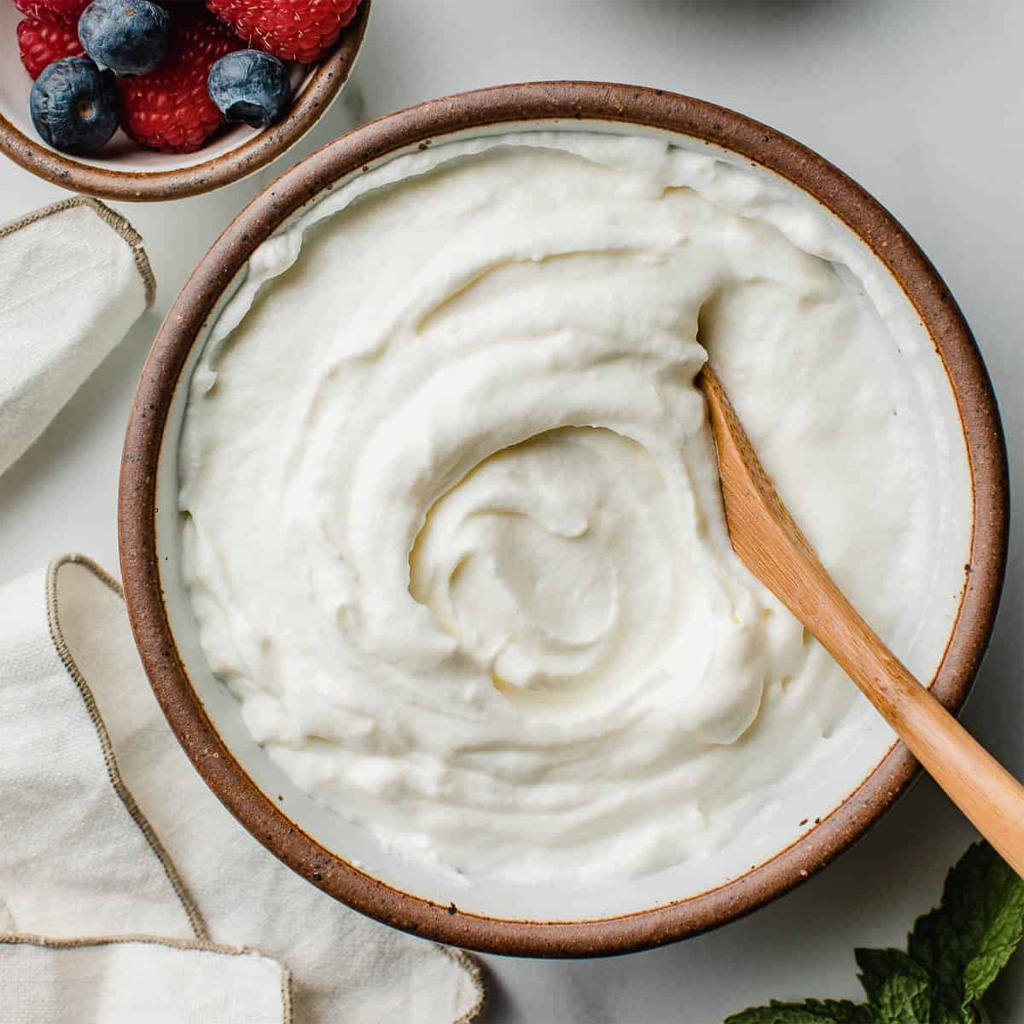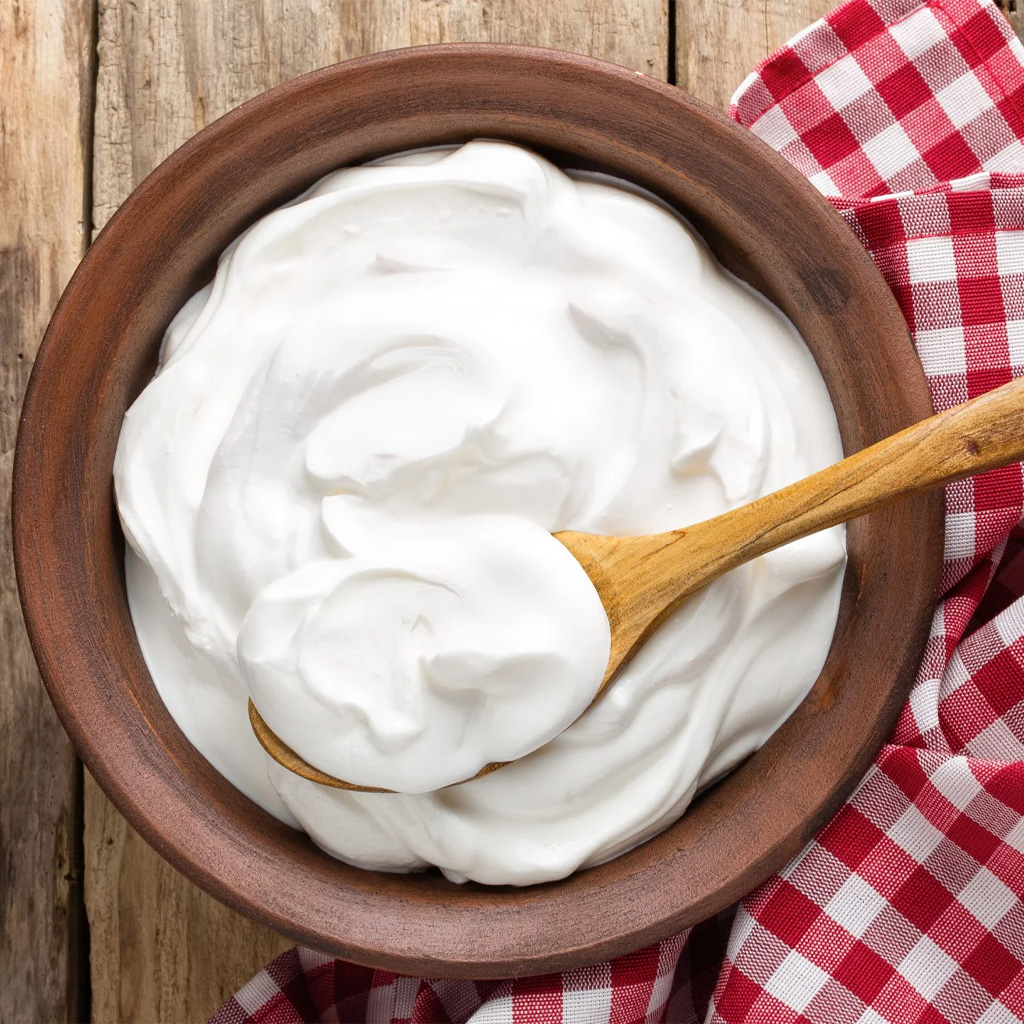How to Choose the Right Yogurt
Yogurt used to be simple.
It used to come in small containers with fruit at the bottom. Today, there are multiple brands with options such as Greek yogurt, yogurt shakes and cups with sprinkles, and cookies, just to name a few.
Yogurt is also found in smoothies and portable pouch form. There are even frozen yogurts among ice cream options.
All this variety gives you many choices but can get confusing after a certain point. With more and more brands being introduced frequently, it pays to know how to choose the best yogurt according to your preferences.
Yogurt and its impact on your health
Yogurt is good for everyone. It has protein, calcium, magnesium, vitamin B12, and fatty acids. These nutrients help keep your body healthy.
People who eat yogurt often have slimmer bodies compared to those who don’t. However, it’s not clear if yogurt alone helps with weight loss. Yogurt might help you feel full, which leads to eating less.
To be called yogurt, it must contain certain bacteria—S. thermophilus and L. bulgaricus. Some yogurt brands have a “Live & Active Cultures” seal from the National Yogurt Association. This seal means the yogurt has many live cultures when it’s made.
Not all yogurts have live cultures. Some are heat-treated, which kills the cultures. Others might add cultures after the yogurt is made. For the NYA seal, yogurt must be fermented.
Now that we have discussed why yogurt is good for your body, let’s take a look at factors to consider when choosing a yogurt that's good for you.

Choosing an appropriate type of yogurt
There are several varieties of yogurts available in the market, such as the ones mentioned below.
●Whole milk, low-fat or fat-free: The dietary guidelines recommend not exceeding 10% of your daily calories from saturated fats. You can choose low-fat or fat-free yogurt to help you stay within that limit.
●Fruited, flavored, or plain: Many fruited and flavored yogurts contain added sugars. Pick plain yogurt and add your own fruit or flavor it with cinnamon. Plain yogurt contains lactose, which is natural sugar and not added sugar.
●Greek yogurt or traditional yogurt: Greek yogurt is thicker and creamier because it is strained. It has more protein but less calcium than traditional yogurt. Both types help break down lactose, making them easier to digest. Greek yogurt may be better for those sensitive to lactose.
●Dairy or Plant-Based: There are many plant-based yogurt options for people who avoid dairy. Look for ones fortified with calcium and vitamin D. Soy-based yogurt has similar nutrition to dairy yogurt, while coconut and almond milk have less protein.
Choose yogurt with minimal ingredients
Choose yogurt with a few simple ingredients. Fewer ingredients usually mean a healthier product. Avoid yogurts with lots of preservatives and sugar. Natural yogurt should only have milk.
Lactobacillus bulgaricus and Streptococcus thermophilus. If you see more than these, it might not be as healthy.
Some yogurt companies add sugar and fruit, which is okay. But a long list of ingredients often means the yogurt is less healthy. Look for “live and active cultures” on the label.
This means the yogurt has probiotics, which are good for your health. It also means the yogurt wasn't heat-treated, which keeps the probiotics intact.

Avoid certain types of yogurts
Beware of yogurts that contain fruits. Most of the time, yogurts containing fruits may also consist of sugar, food coloring, and vegetable juices. Check to see whether fruit comes up first in the ingredient list. If it is not at the top, chances are its fake fruit.
Non-fat yogurts aren't always the best choice. Healthy fats are essential for your body. Usually, yogurts with just about 1% or 2% fat content are good enough.
Most low-fat yogurts add more sugar to make them tasty. Check the label and choose low-fat yogurt with real fruit instead of added sugar.
Stay away from heat-treated yogurts. This process destroys the good bacteria necessary for yogurt healthiness. Check the labels to check whether it was heat treated or not. People who cannot tolerate lactose should be very careful consuming this type of yogurt.
Pay attention to the sugar content
Watch out for added sugars. Yogurt has some natural sugar. A small amount is normal. But flavored yogurts can have a lot of sugar. Check how many grams of sugar are in your yogurt. High-sugar yogurts are not healthy.
Whole milk usually has 10 to 15 grams of lactose per cup. Greek yogurt has about 5 to 10 grams. Flavored yogurt might have some more sugar, even with natural fruit. Try to find yogurt with less than 22 grams of sugar.

Choose yogurt based on dietary needs
For people with lactose intolerance, Greek yogurt is a better option because it has less lactose content. Plant-based yogurts are also good if you completely want to eliminate dairy from your diet.
Those who are conscious about their weight should go for low-fat or non-fat yogurts to reduce the number of calories they consume. Additionally, plain yogurt with fruit additives or natural sweeteners can satisfy your craving for something sweet without adding extra calories.
For muscle-building purposes, Greek yogurt is a much better option, as it contains higher amounts of proteins in comparison to others. It is one of the most helpful additions that you can make to your post workout meal in order to assist in muscle recovery.
When considering bone health, pick out yogurts that are rich in calcium and fortified with vitamin D. This could be any of the dairy or fortified plant-based alternatives to milk, such as almond milk or soy milk, which can be used as substitutes for cow’s milk.
Both dairy and plant-based fortified yogurt options can provide sufficient calcium requirements for bone growth.
Choosing the right yogurt depends on your health goals and dietary needs. Consider factors like lactose intolerance, weight management, muscle building, and bone health. Opt for yogurts with minimal ingredients and check labels for added sugars and live cultures.
OTHER NEWS
-
- The History of Vegetarianism
- By Prodosh Kundu 11 Jul,2024

-
- The Evolution of Thanksgiving Dinner: From Historical Feasts to Modern Meals
- By Borislav Milushev 16 May,2024

-
- British cuisine: From Fish and Chip to Afternoon Tea
- By Roha Tariq 22 May,2024

-
- Red Velvet Cake: A Storied Slice of Americana
- By Roha Tariq 13 May,2024

-
- An Introduction to Canadian Cuisine
- By Prodosh Kundu 29 May,2024

-
- The History of Tacos—And Must-Try Recipes
- By Prodosh Kundu 03 Sep,2024

-
- A Taste of Greece: Exploring the Flavors of Mediterranean
- By Roha Tariq 22 May,2024

-
- A Guide to Traditional German Cuisine
- By Prodosh Kundu 19 Jun,2024

-
- Cheesecake Chronicles: A Culinary Journey from Antiquity to America
- By Roha Tariq 16 May,2024

-
- The Carrot Cake: America’s Wholesome Dessert
- By Roha Tariq 17 May,2024

-
- The History of Salads—And Must-Try Recipes
- By Prodosh Kundu 02 Sep,2024

-
- Timeless Appeal of Chocolate Cake in America
- By Roha Tariq 09 May,2024

 1
1 1
1